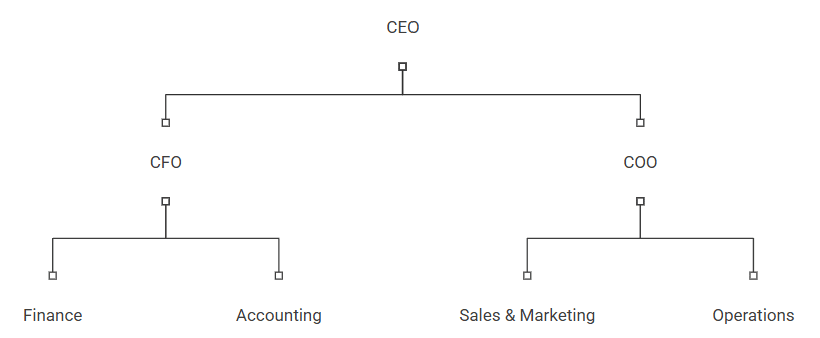Right People, Right Seats (Part 1: Management)
Most companies have 3 “senior leadership” seats with different roles to play. These are usually known as your management team:
- CEO — sets strategy, creates culture, responsible for allocating capital and resources to maximize value
- CFO — translates vision into reality via financial ops and financial strategy (don’t confuse with your bookkeeper or CPA)
- COO — execution and tactics are at the center here… day-to-day operations keep the trains running on time, clients and customers happy, and efficiency at optimal levels
Notice how I said every business has these 3 seats, but not necessarily 3 (different) people sitting in them. Most business owners wear all 3 of these hats until the business reaches a certain size (scale) to afford hiring the next one.
So what’s the point?
The goal here is to get the “right people in the right seats” as Jim Collins puts it.
If we get the right people on the bus, the right people in the right seats, and the wrong people off the bus, then we’ll figure out how to take it someplace great.”
— Jim Collins, Good to Great
This week, I’m starting at the top of the org chart with the senior leadership roles. Next week, we’ll cover a framework for thinking about the rest of the company.
1) First, you need an org chart
Remember those branch structures showing who reports to who? Yes, you need one of those. Next week, I’ll go deeper in how to build this using the EOS/Traction framework.

This chart will clarify (both to you and your team) all of the seats on the bus (i.e. jobs in your company) and who sits in those seats.
Why is that important? It should cover everything that needs to get done to keep your entire business running. This is easily overlooked when stuck in your head.
A thoughtful org chart will become your best friend when trying to identify which seat is hired next.
Which brings us to the next point…
2) When do you hire the next seat?
Much of this will depend on how fast your company is growing and your current resources.
Here’s a quick guide:
- Phase 1 — In the early days, it’s just you (the owner) wearing all 3 management hats and frontline hats like customer service, fulfillment, marketing, etc.
- Phase 2 — You’re still wearing all 3 management hats but you’ve likely hired some or all of the frontline and support roles
- Phase 3 — All frontline and support roles are hired and you have 1 management role in place (either full-time or fractional)
- Phase 4 — You’re running with a full staff and management team (CEO, CFO, COO)
Your goal should be to get out of Phase 1 as quickly as possible.
My secret is that going from Phase 2 to Phase 4 can happen much faster (and cheaper) than you’re probably thinking.
While you’ll likely always play the role of CEO (setting the vision, establishing culture, driving strategy), you can start with a fractional CFO/COO until you need them full-time.

A fractional CFO or COO might cost $2-4k per month each (call it $4-10k if you have both). In those price ranges, even a $1-2m revenue business can afford this high-level help where they otherwise would need to wait for $5-10m or more in annual revenue.
For that spend, you’ll probably get a weekly call where you can ask high-value questions, some support in monitoring staff, process design/automation, and weekly/monthly deliverables with insights.
Rule of thumb: move from Phase 1 to Phase 2 quickly and use fractional help to scale your business to the $5m level. At that point, you’ll have a full org chart built out and less “jack of all trades” mentality.
Management roles are critical to any business. They have the ability to float between the big picture (strategy) and mundane details (tactics). Don’t underestimate the value these folks can bring to your organization.
